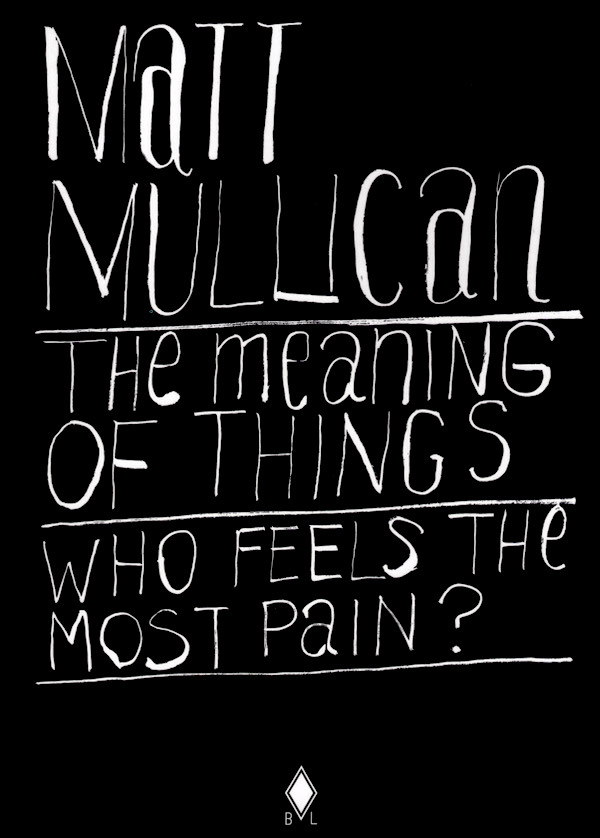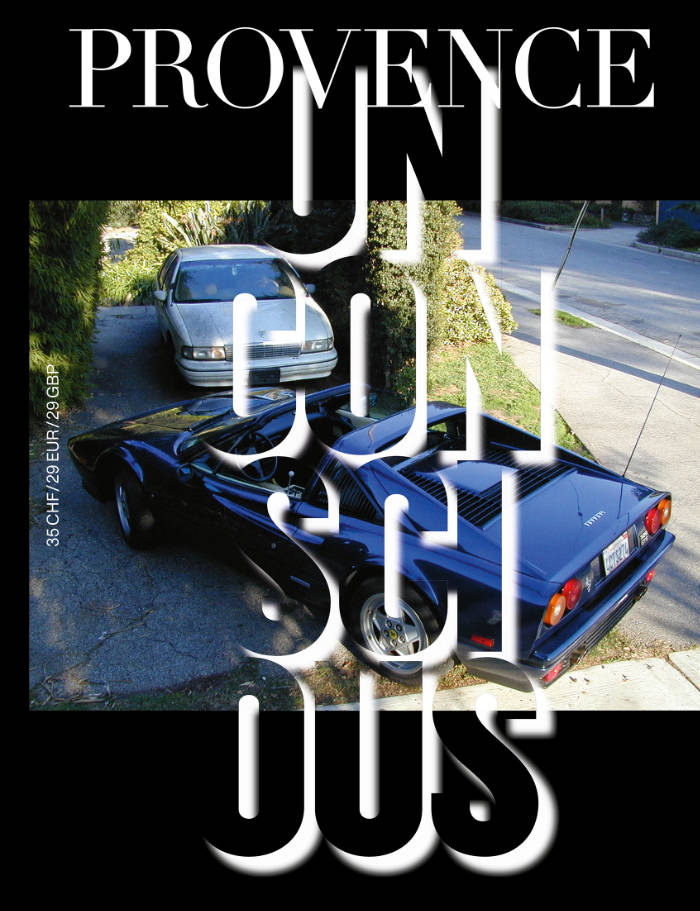
The Meaning of Things (who feels the most pain?)
This artist's book is the book-form of a work by Matt Mullican, "The Meaning of Things (who feels the most pain?)" (2014), consisting of 676 collages and texts on sheets of standard printing paper.
At the approximate center of each collage is a small image that appears to be a printout of an image procured from the Internet. Around the images are hand-drawn, quasi-calligraphic marks (in black only), curved, giving the impression of an "organic" form in the manner of ornate, rococo frames. The series develops a narrative of interests, practices and collective representations that suggest and disavow each other. Mullican deftly challenges this simple to-and-froing of "virtual" and "real" by suspending the idea that only through the material/physical printing out of the digital images, the content of the images is "restored" back into the "real"—to grasp the "meaning of things" comes at the price of "feeling the most pain".
Working in the fields of performance, installation, digital technology and sculpture, Matt Mullican (born 1951 in Santa Monica, lives an works in New York) is seeking to develop a cosmological model based on a personal vocabulary combining the formal and the symbolic. Hypnosis and cartography are his principal modes of operation. He explores functional sign systems of his own devising through activities under hypnosis, in a permanent oscillation between the real and its schematization, between fiction and its physical reality.





